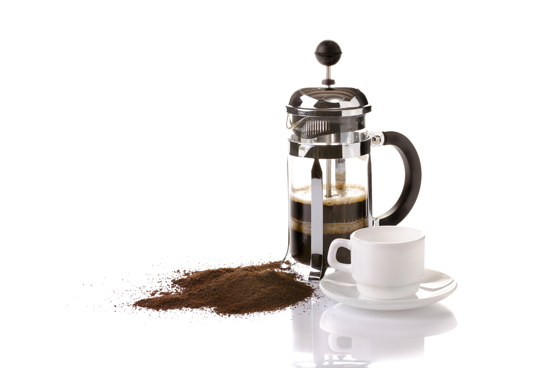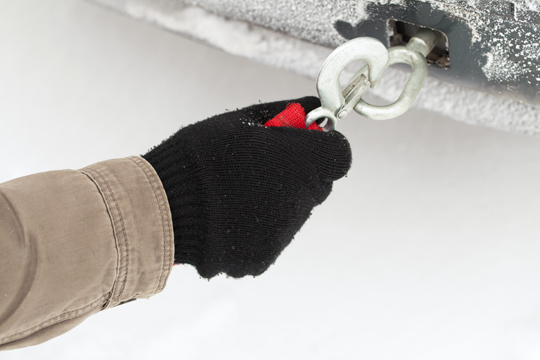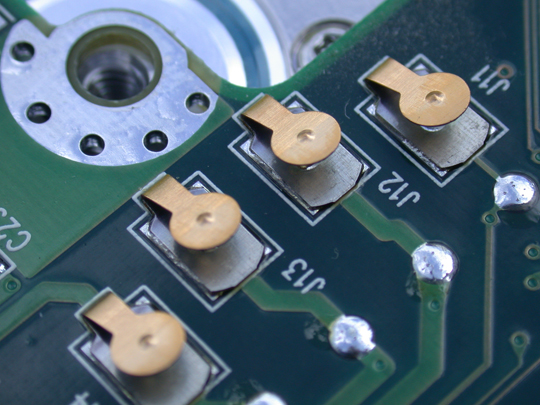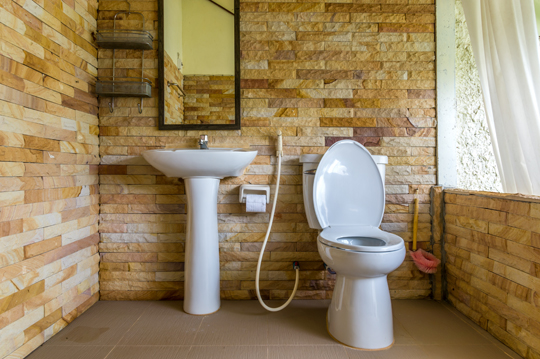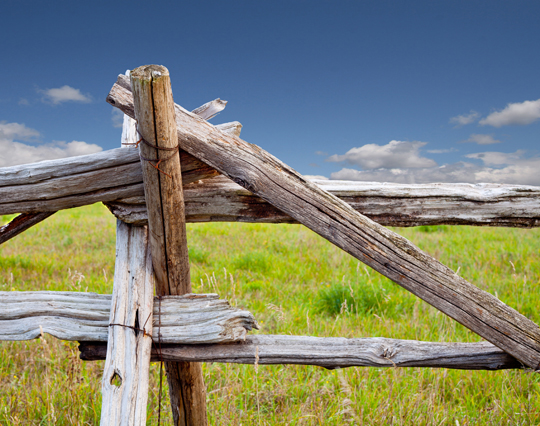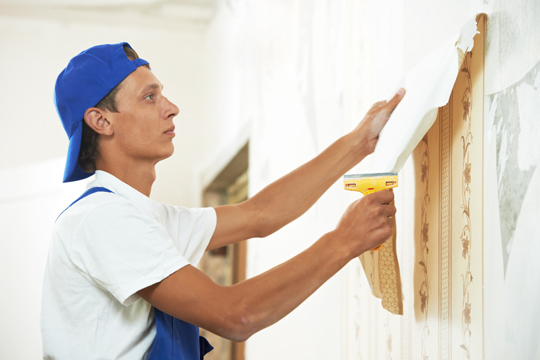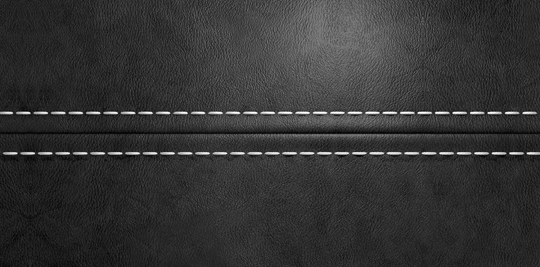If you want to make your coffee with a French press, you have several material options. Two of the most common are glass and plastic.
The glass vs plastic French press battle is a common one, and there are benefits to owning both types. If you are trying to choose which one to buy, consider these points about each one.
Glass Press
A glass coffee press is the popular choice of many coffee drinkers. Not only do glass presses come in a variety of shapes, styles, and designs, but they also have an elegant look to them which many people prefer.
Glass presses that are made of thick glass can also help keep your coffee hot longer. Glass presses are sturdy and heavy but, because they break easily, they can be difficult to store or take with you while traveling. Glass presses can be purchased from most home and kitchen supply stores and are often given as wedding or graduation gifts.
Plastic Press
Plastic presses are a good choice because they are often inexpensive and portable. Most plastic presses are made of strong plastic that does not crack or break easily. Some people claim that plastic presses can give the coffee a strange taste. They come in a variety of shapes and designs and can be purchased from most kitchen goods stores.
If you like to travel or camp often or want a press to keep in your office or dorm, a plastic press may be the better option in the glass vs plastic French press debate.
If you are still having a hard time deciding between a glass vs plastic French press, consider trying them both. Use each one for a while and decide which one you like best. You can always sell the one you do not like at a yard sale or even return it to the store where you bought it.
Help With Coffee Makers And Other Appliances
TalkLocal is a great resource when you need your French press, coffee maker, or any other appliances repaired. Our concierge service connects you with local service professionals in all industries, so you don’t have to waste time tracking them down yourself.

